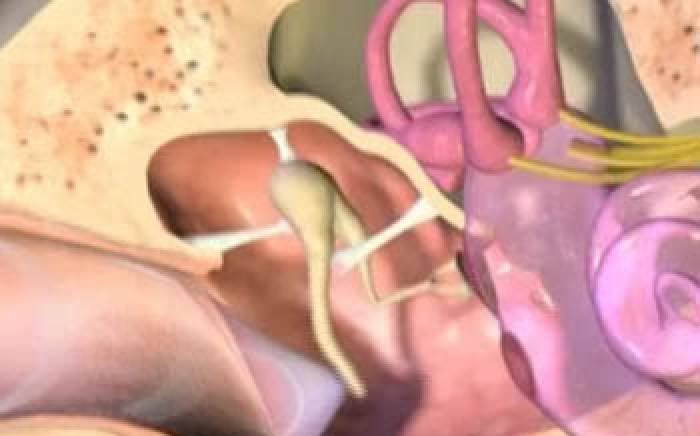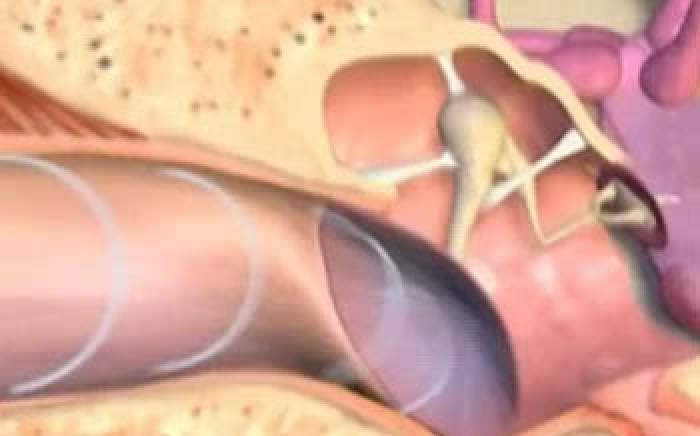The tonsils are two glandular masses of lymph node-like tissue that are located on either side of the throat. The function of the tonsils is to trap incoming bacteria and viruses that might enter the body through the throat.
However, sometimes the tonsils themselves become infected. When this occurs, a fever and sore throat may develop. The tonsils usually become red and swollen, and they often will have white spots on them.
Frequent bouts of tonsillitis may require a tonsillectomy, or the surgical removal of the tonsils. There are many ways to remove the tonsils. However, the method most often used today is electrical cauterization, whereby a surgeon uses electrical energy applied from a surgical instrument to remove the tonsils. This method results in very little bleeding. A wire and snare technique can also be used; with this method, a surgeon effectively lassos the tonsils and snips them off with a sharp wire.
Undergoing a tonsillectomy generally does not affect a person's ability to ward off infection. The number of throat infections can be reduced, but not eliminated. It is important to discuss all risks and potential complications with the surgeon prior to having this procedure.





